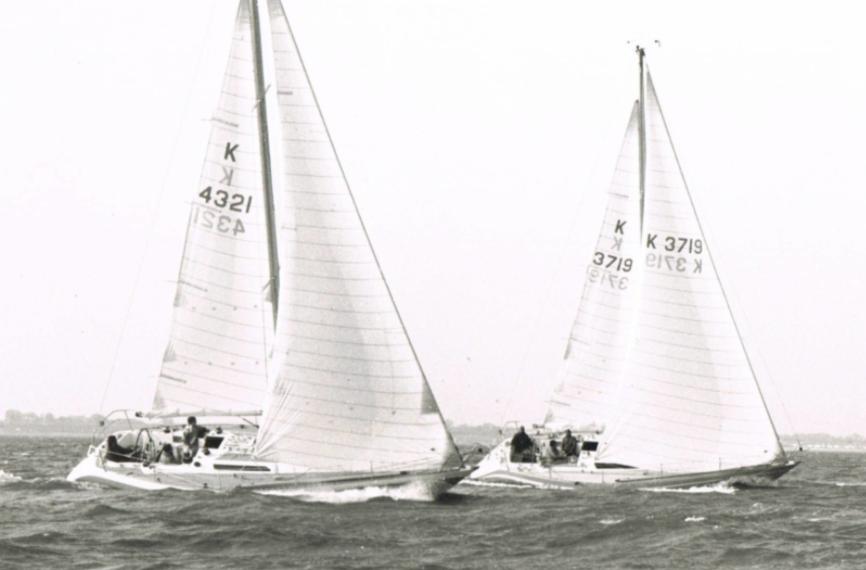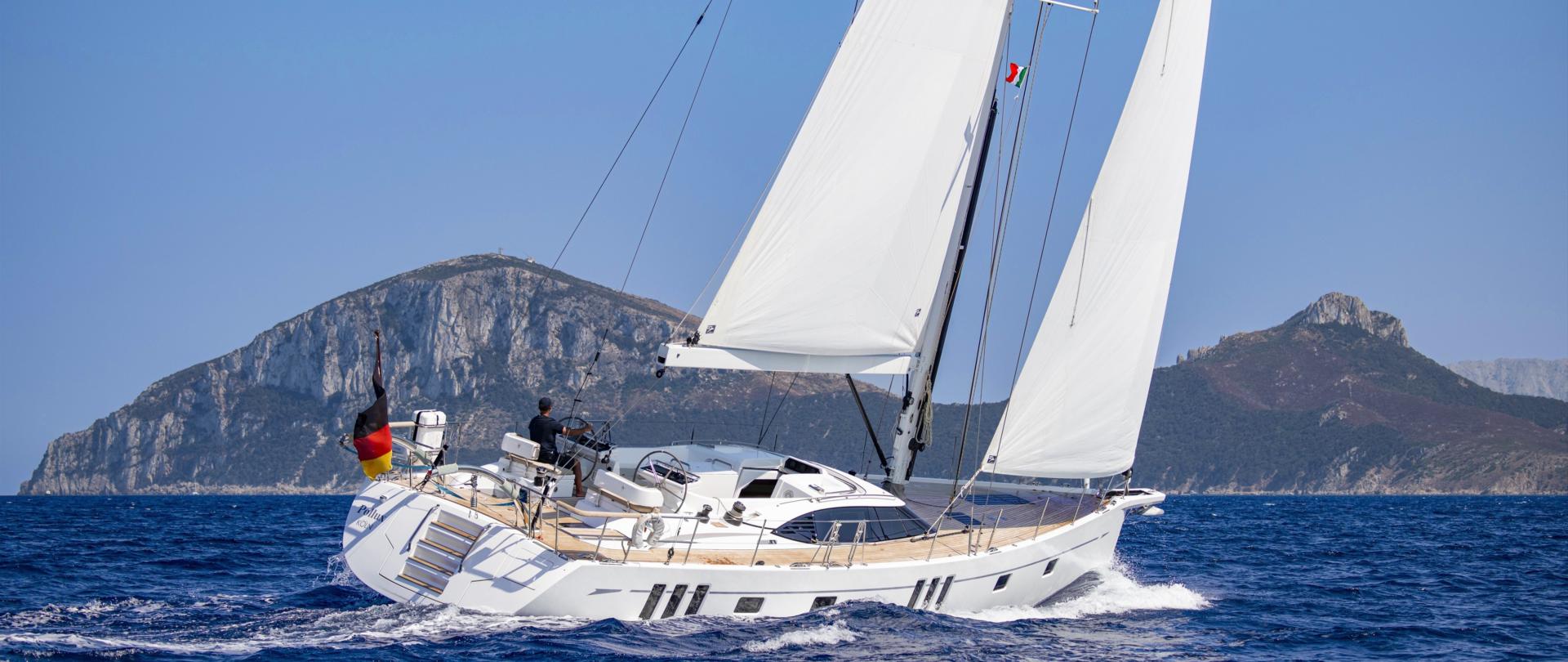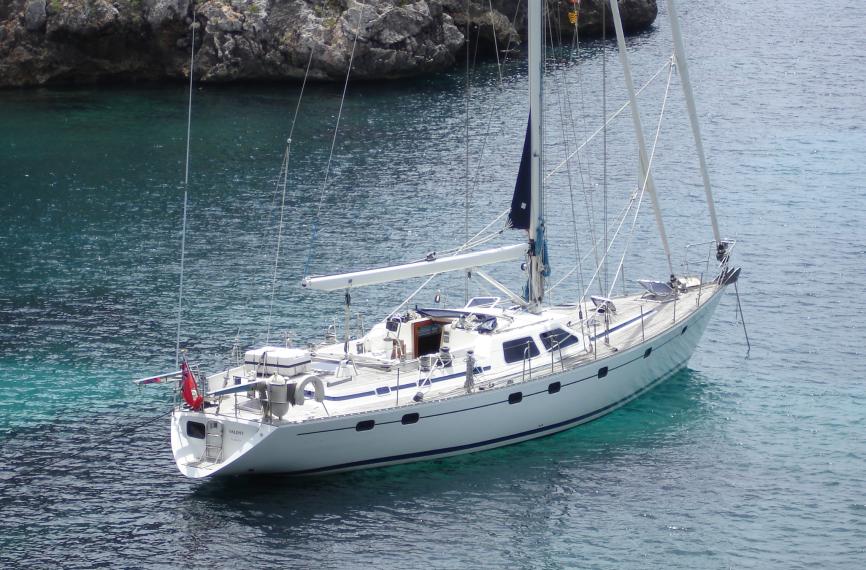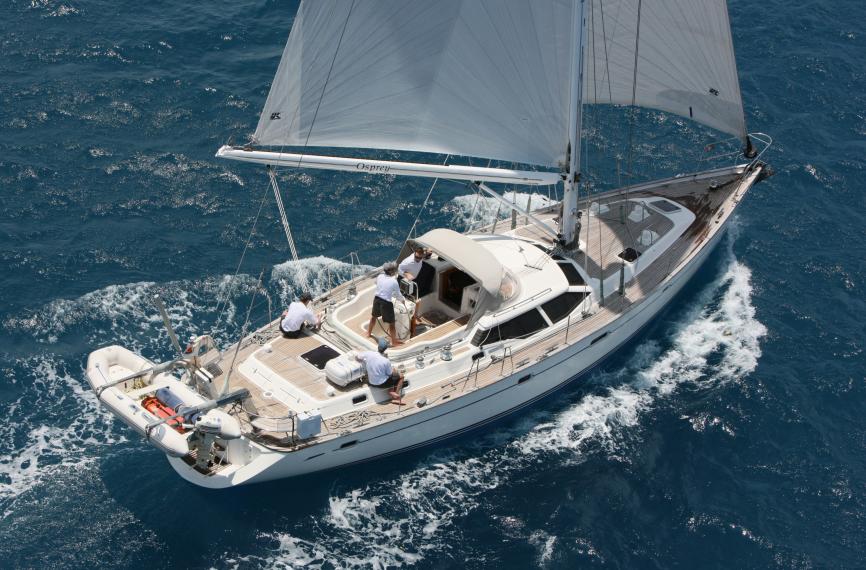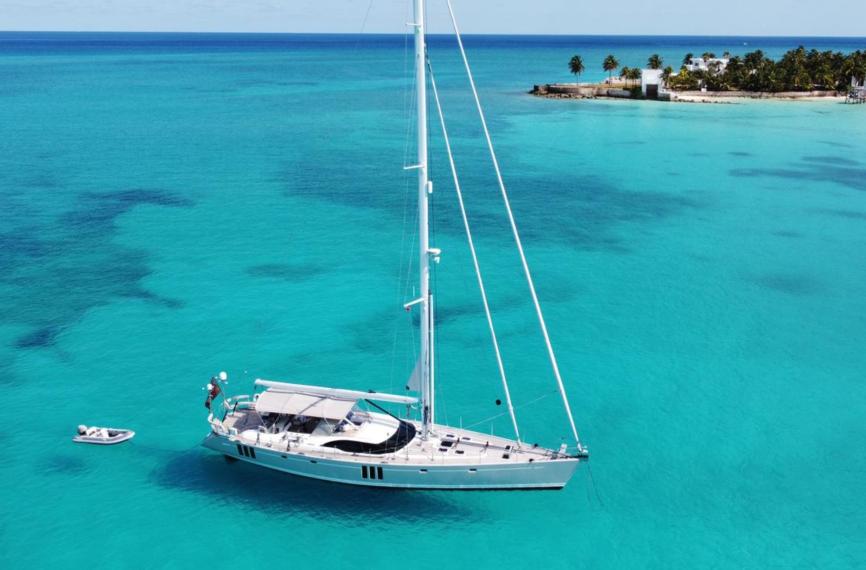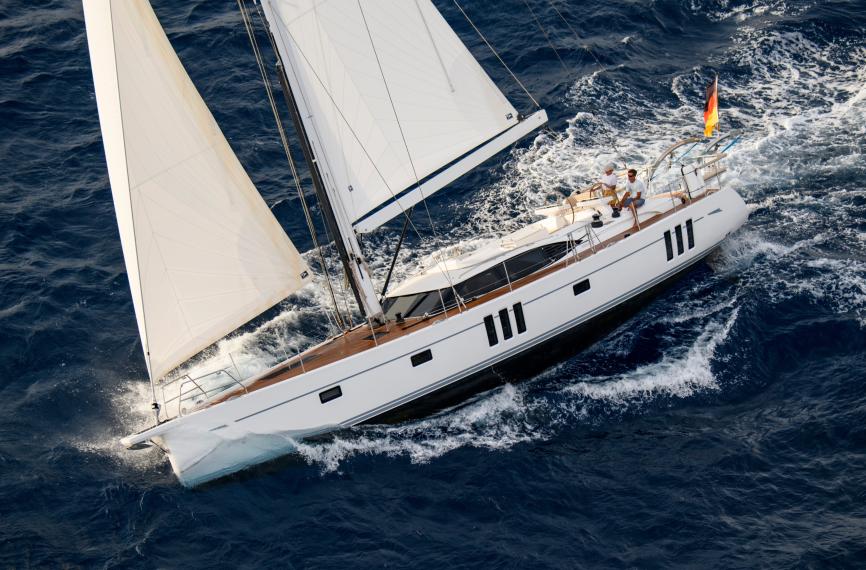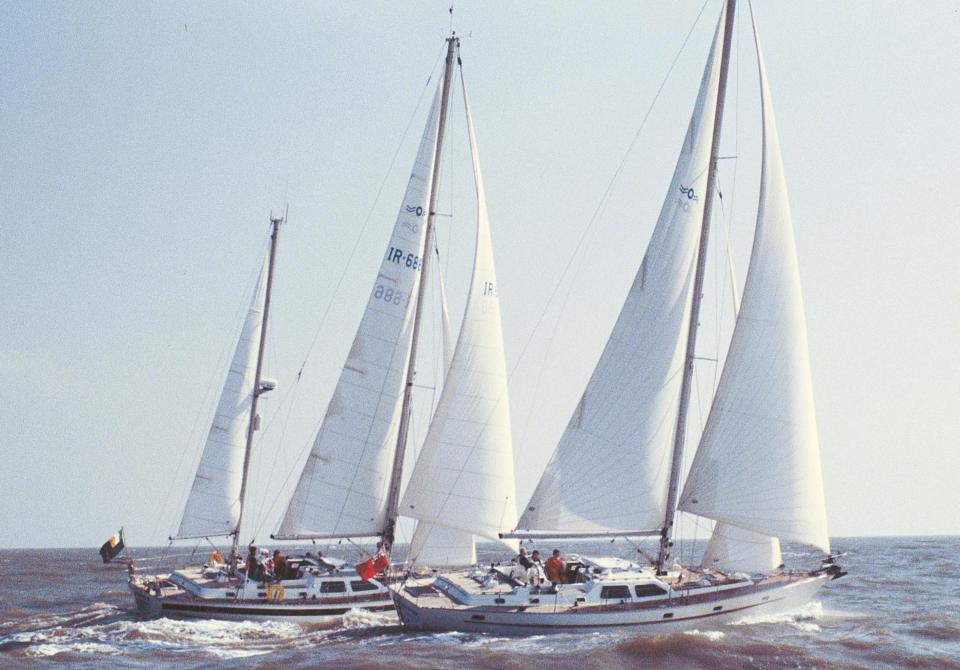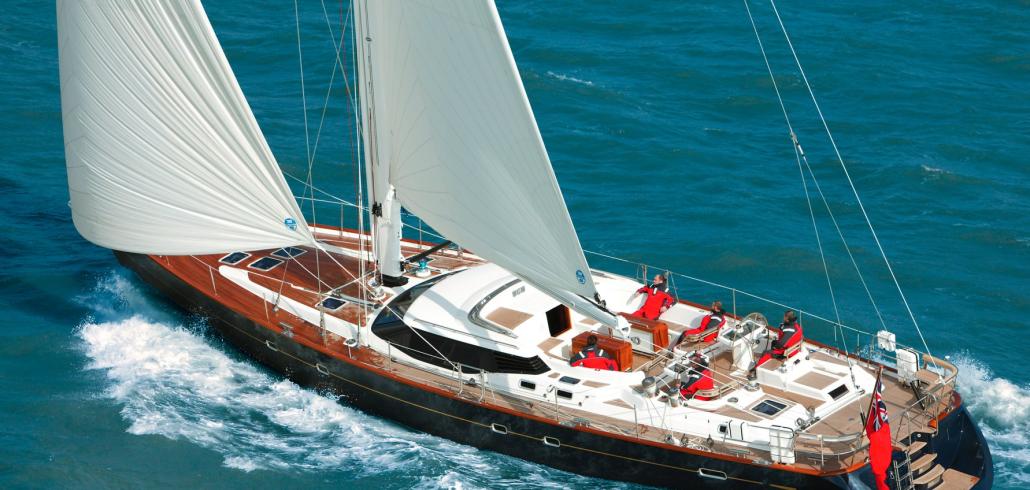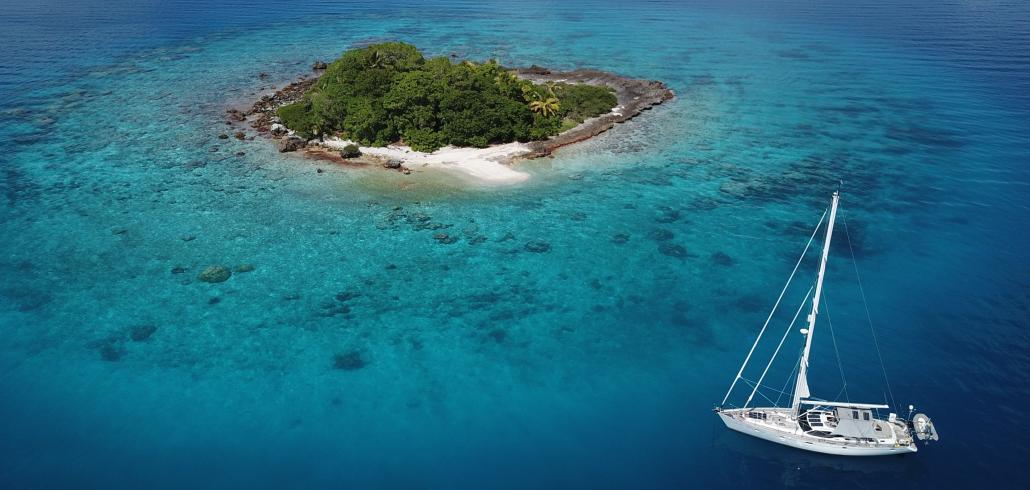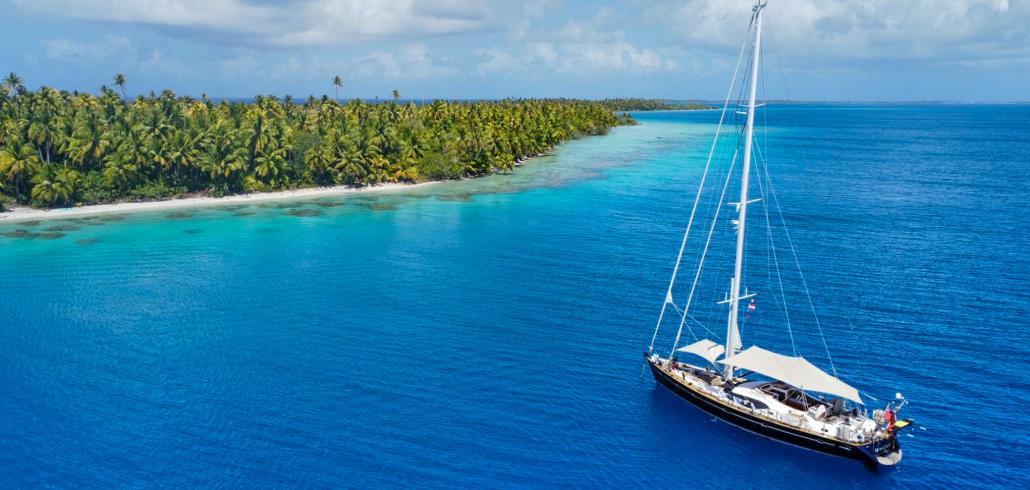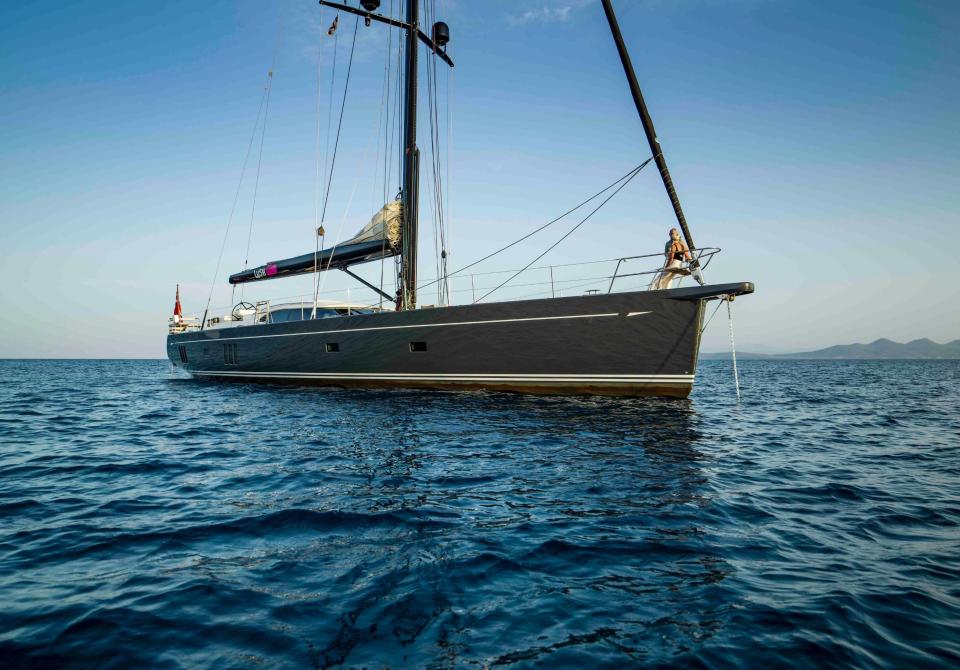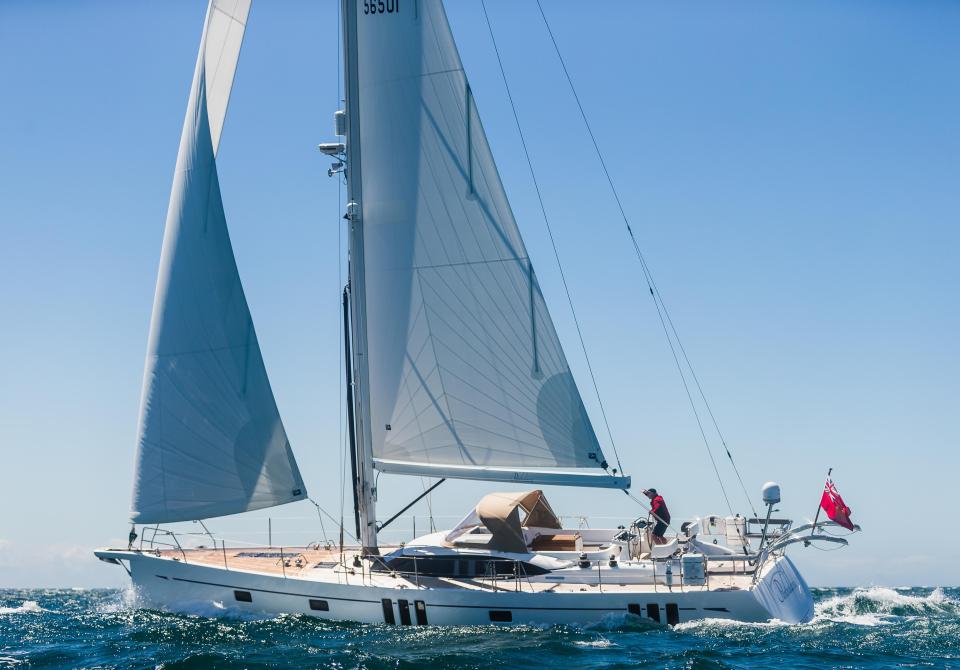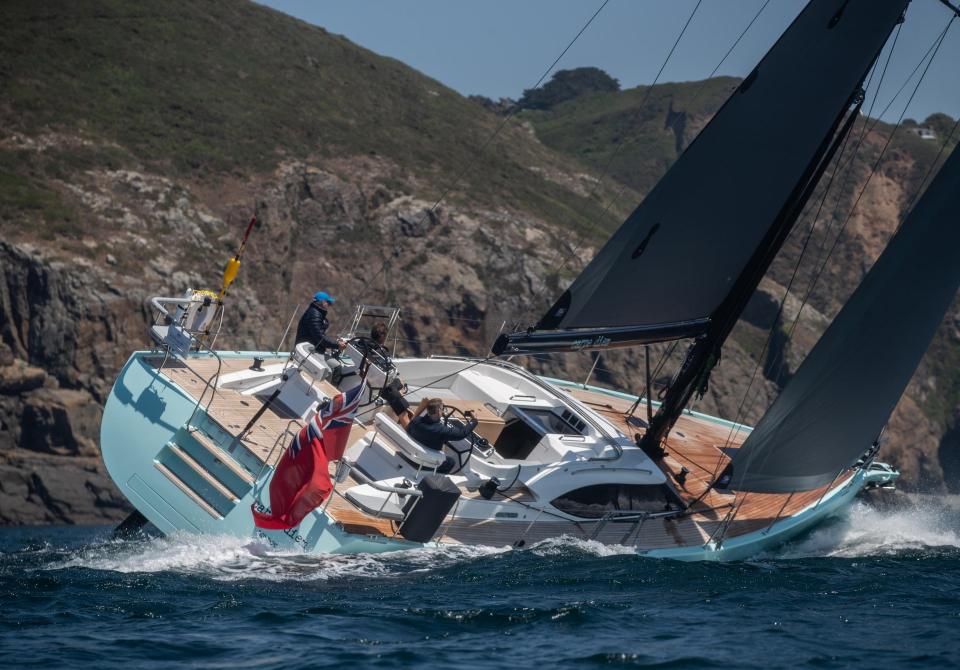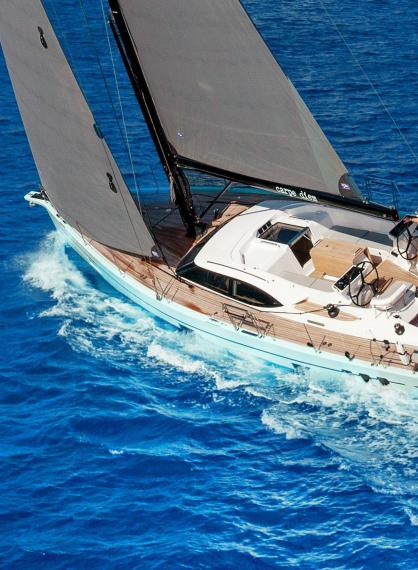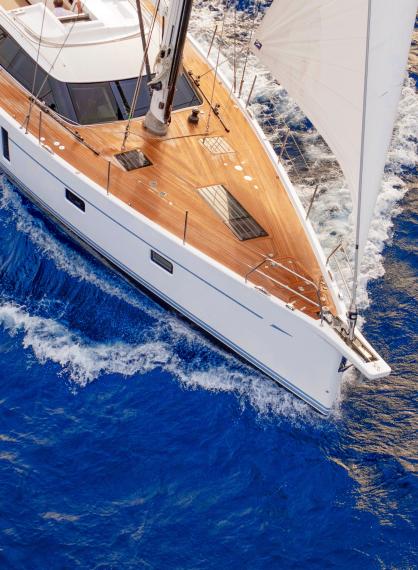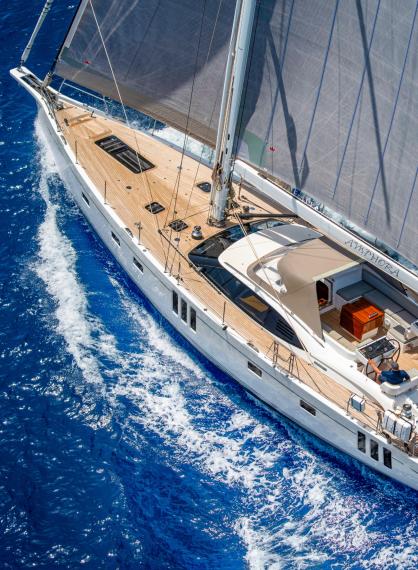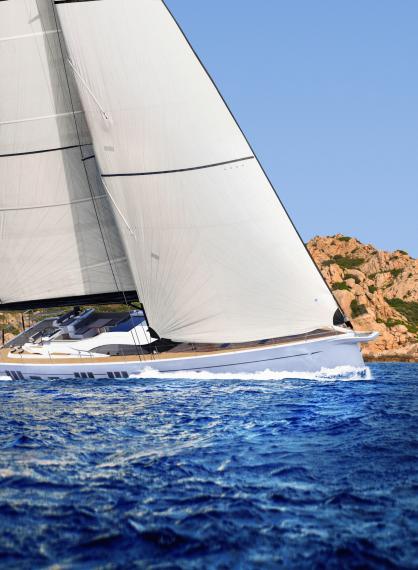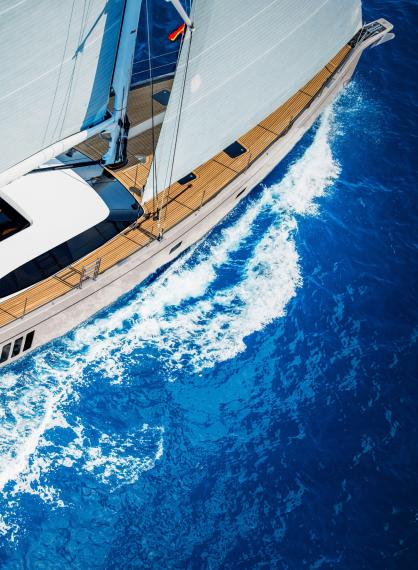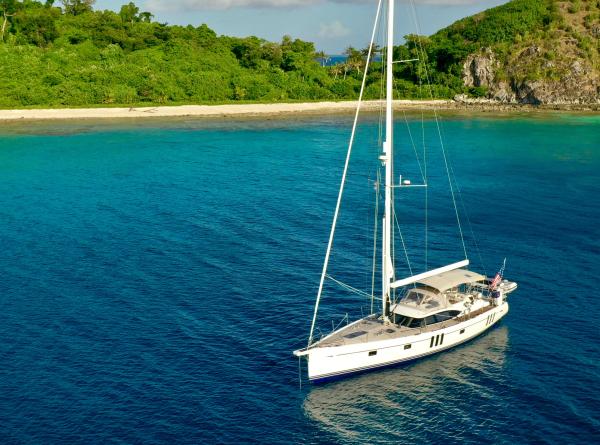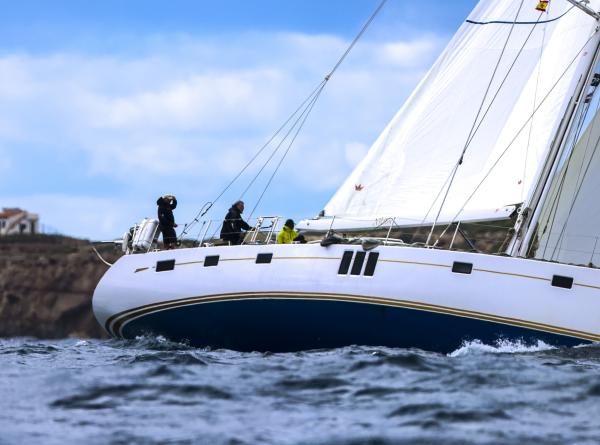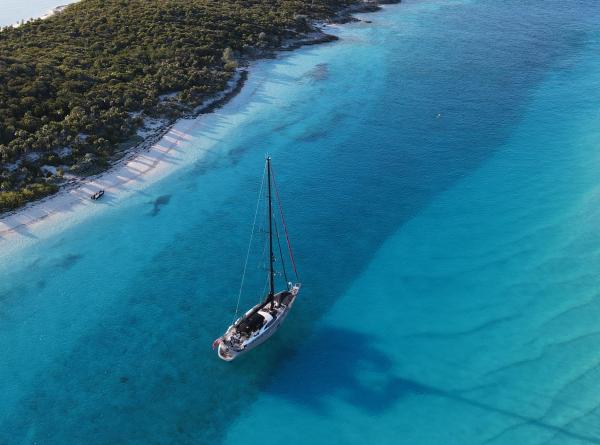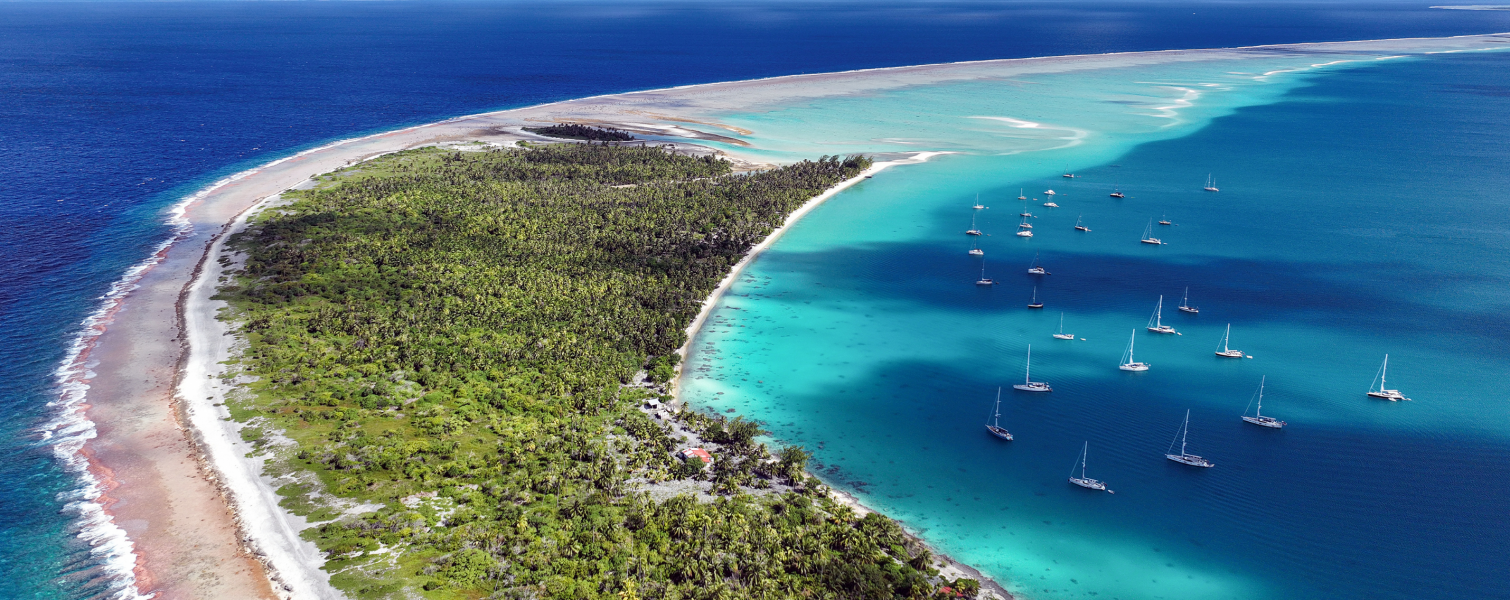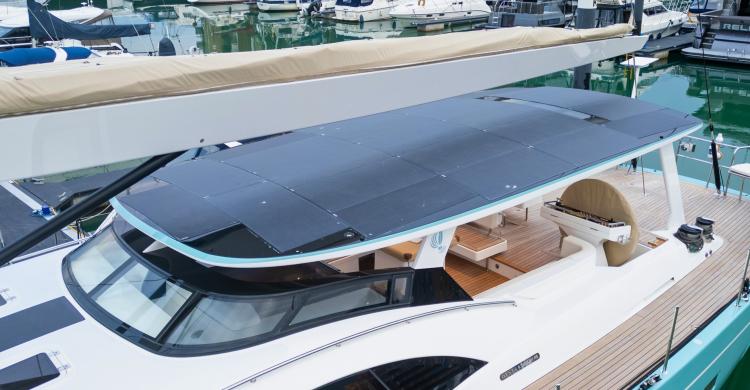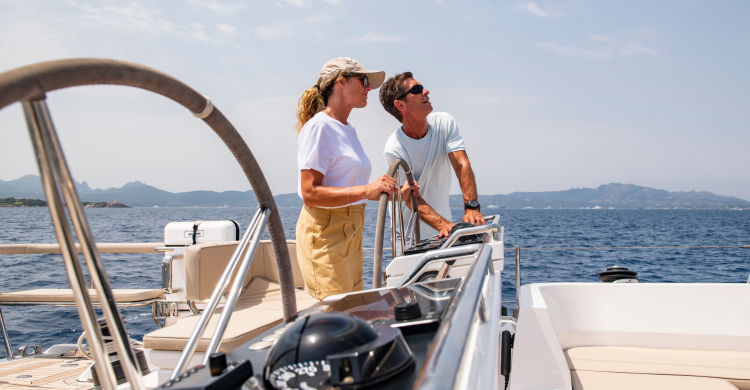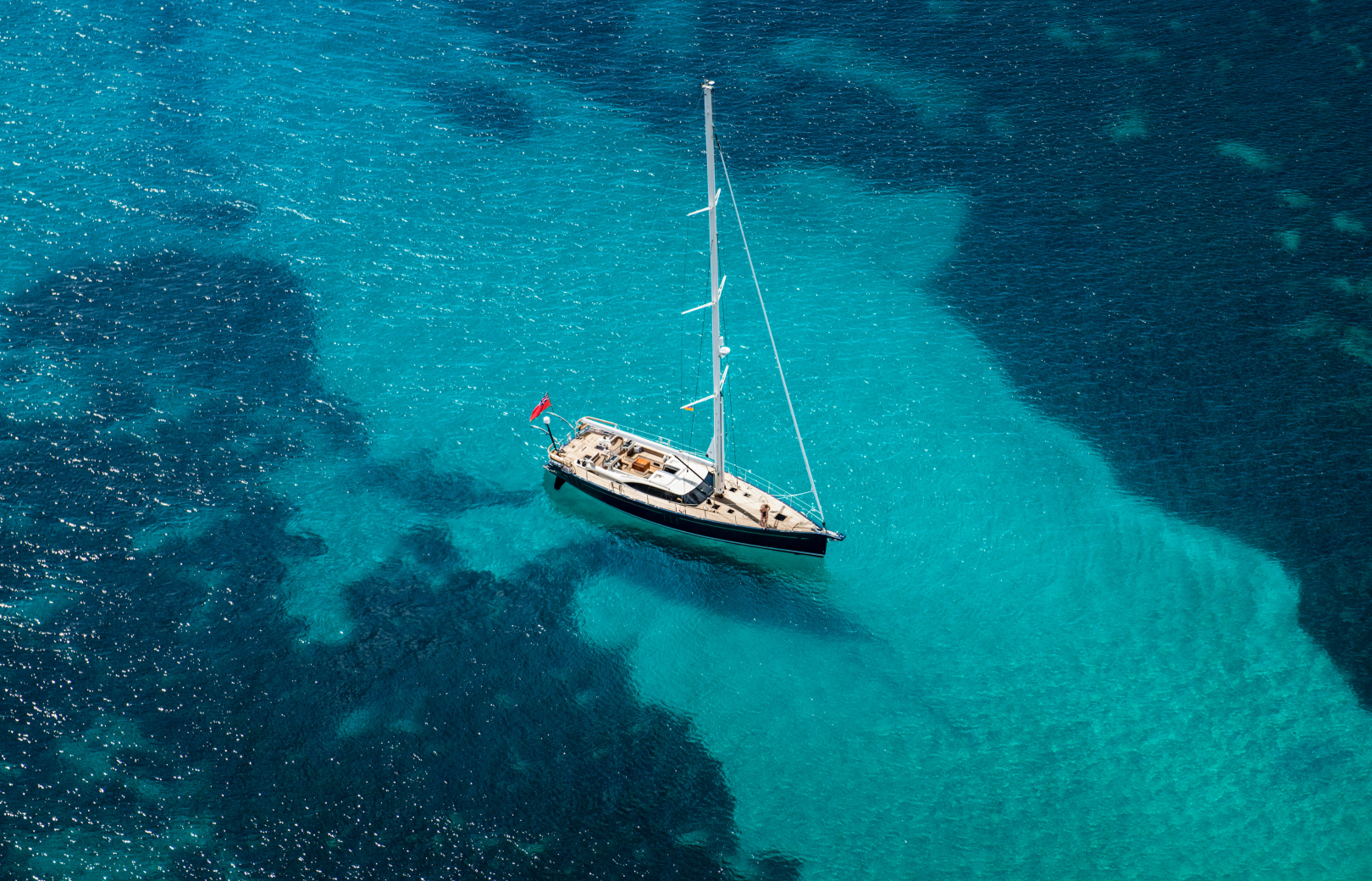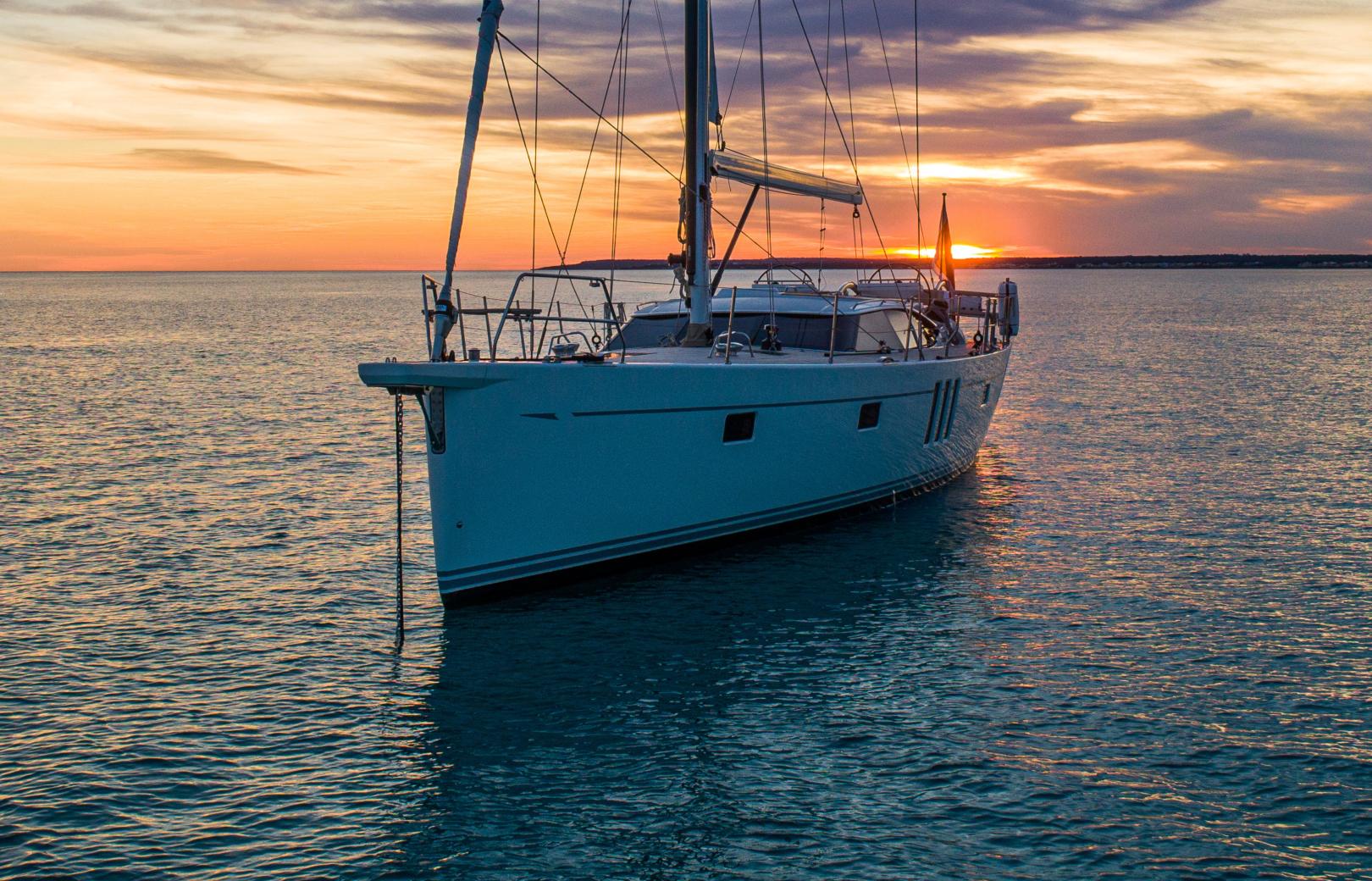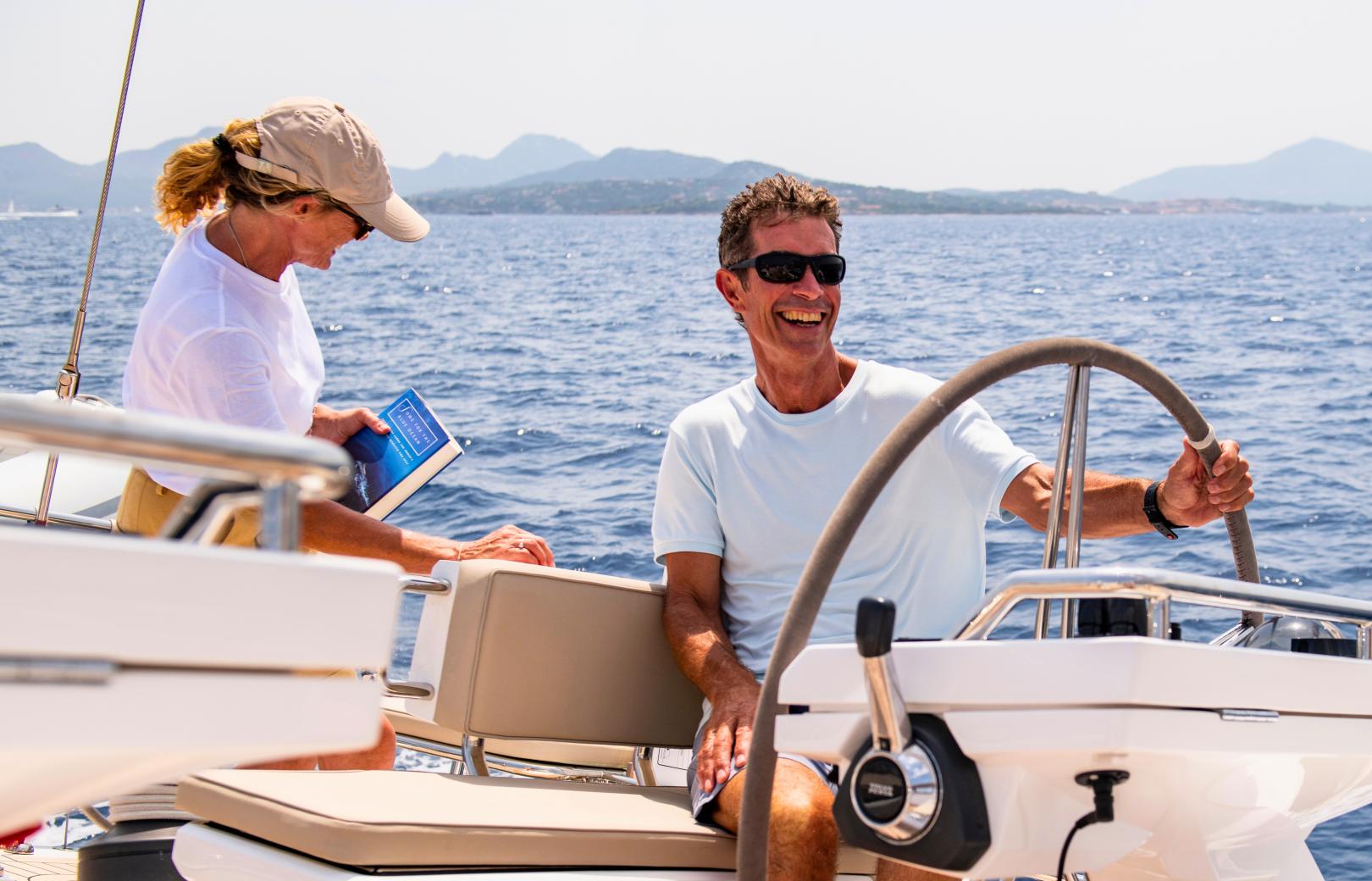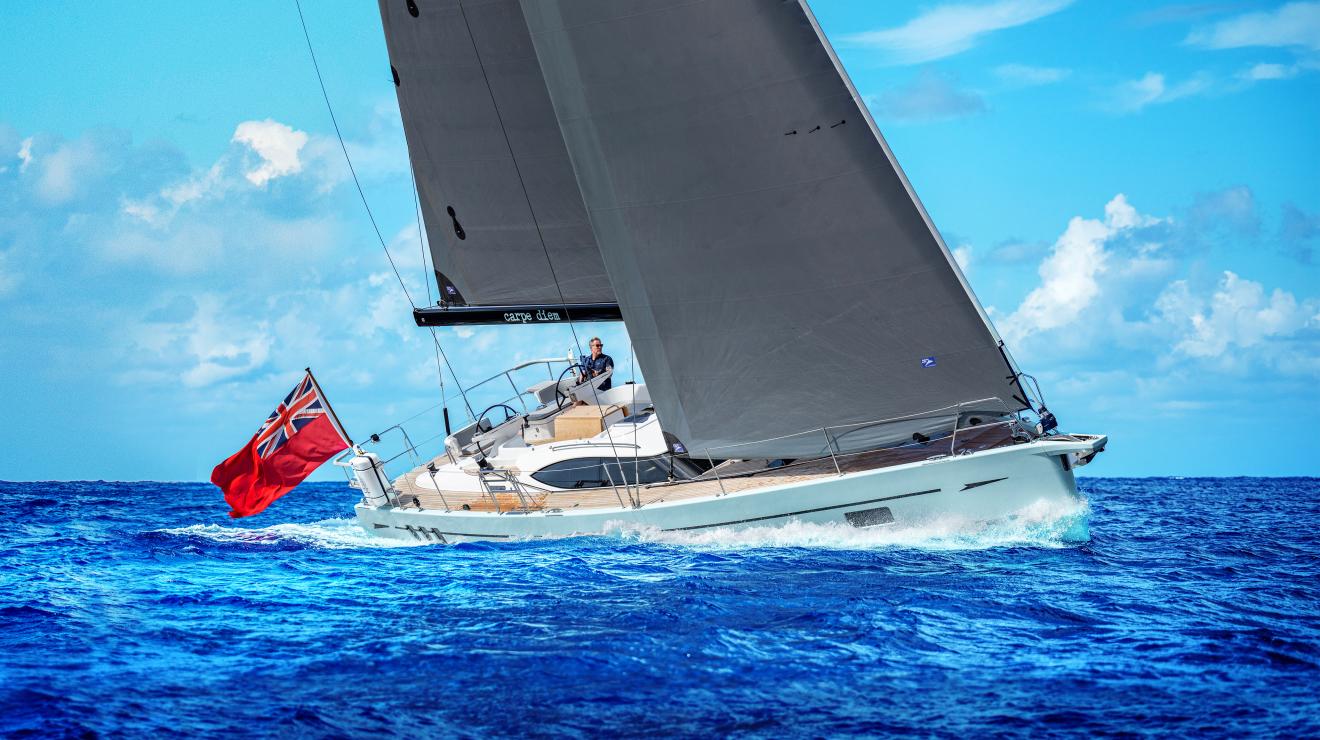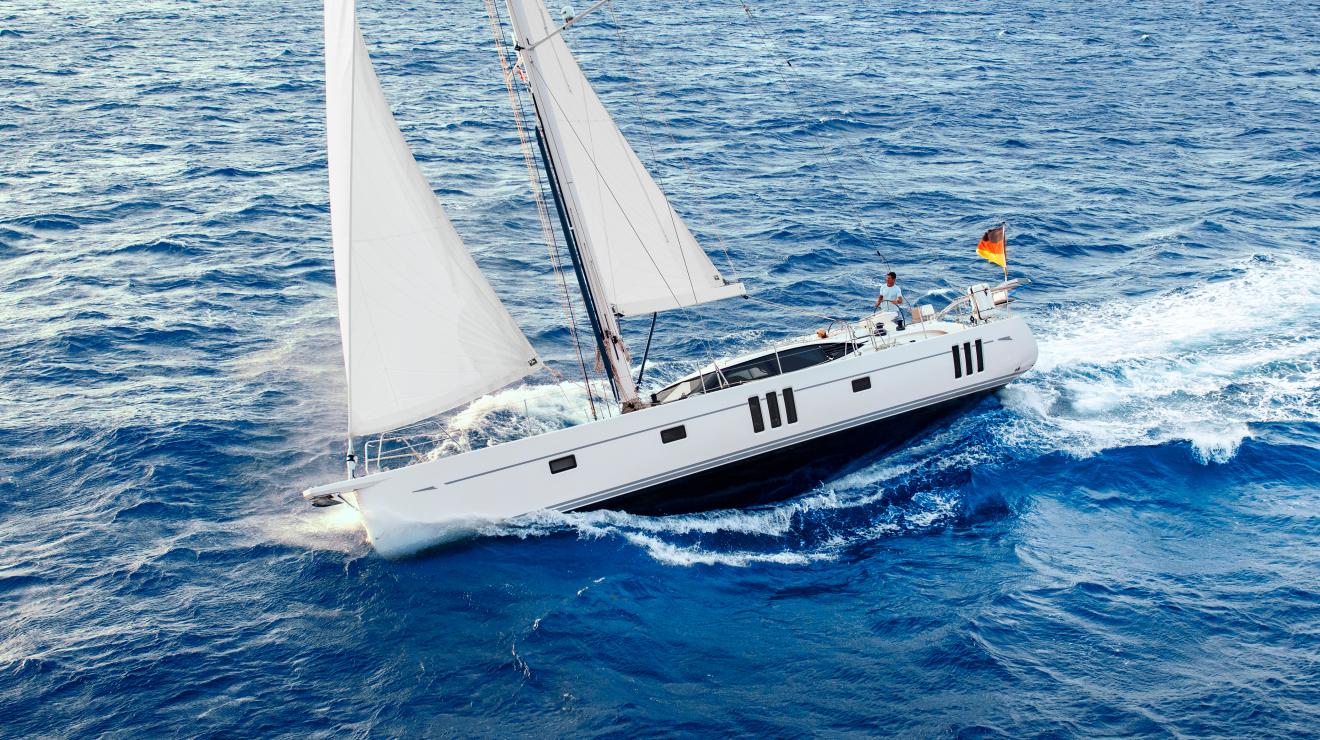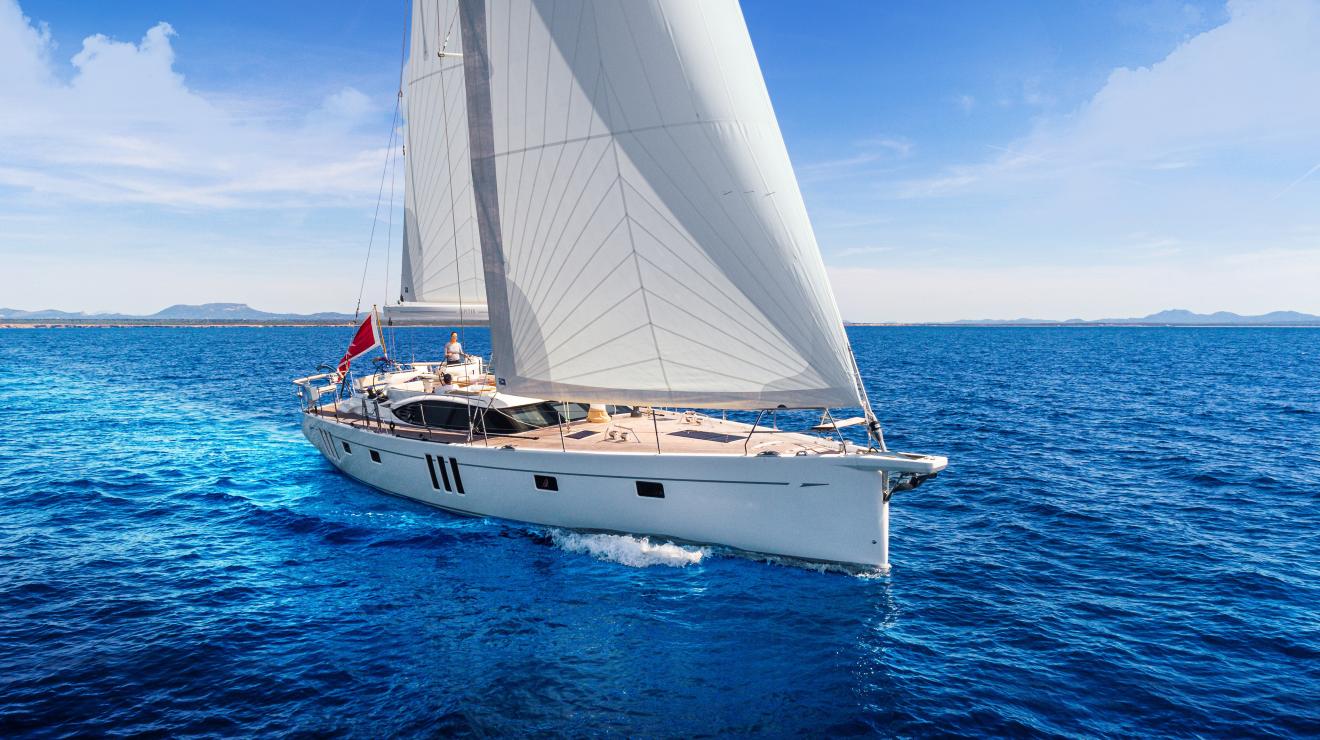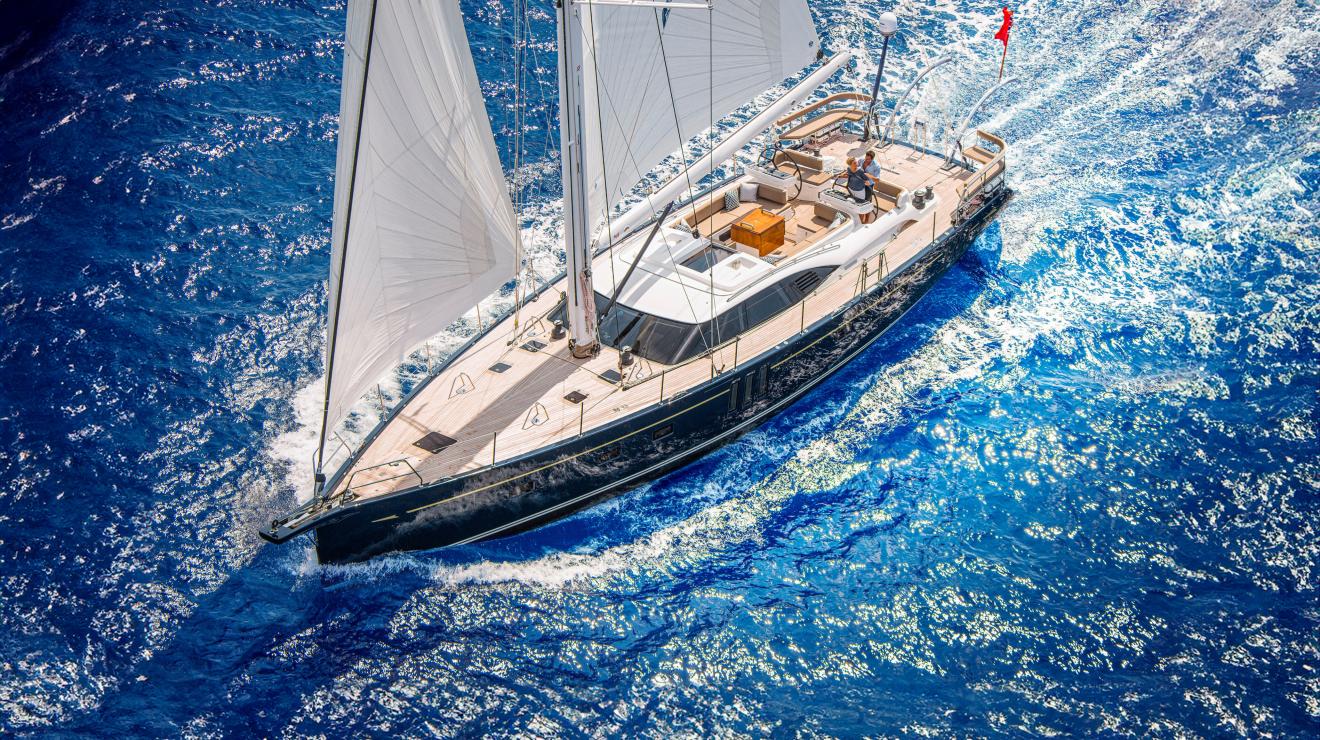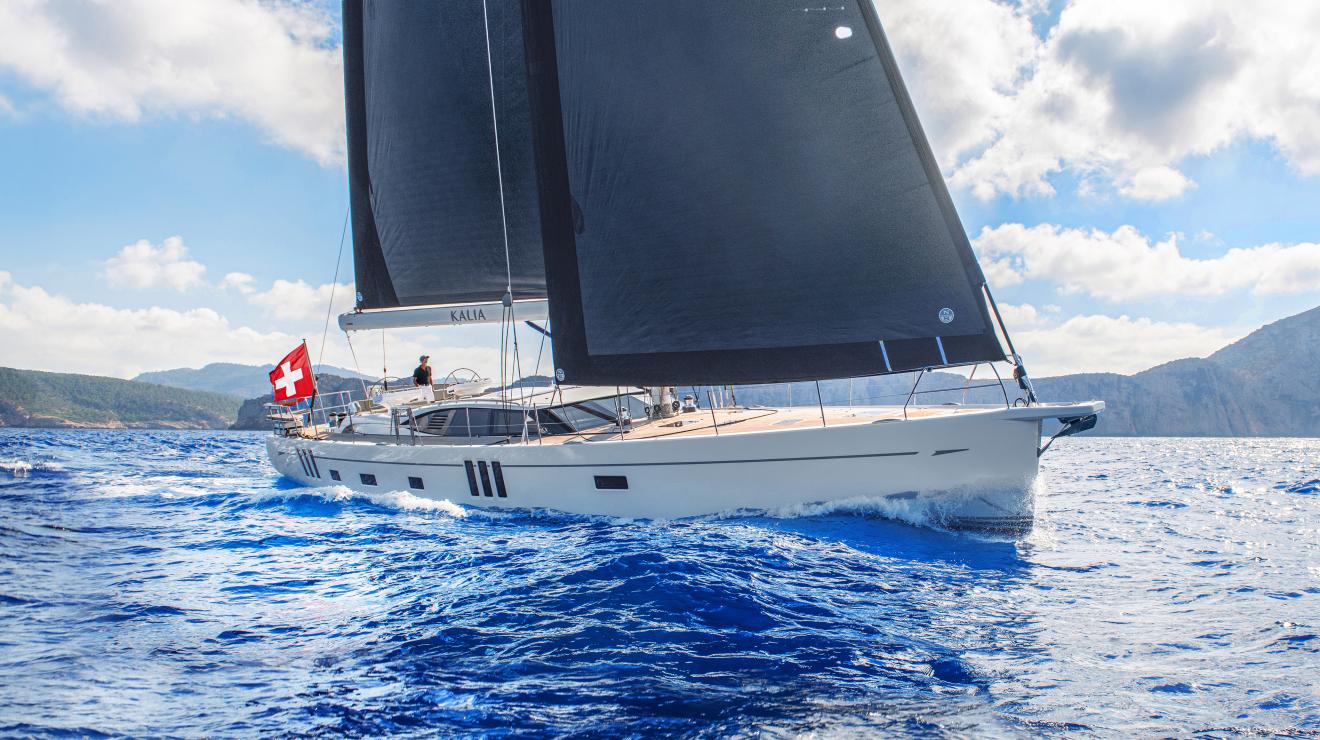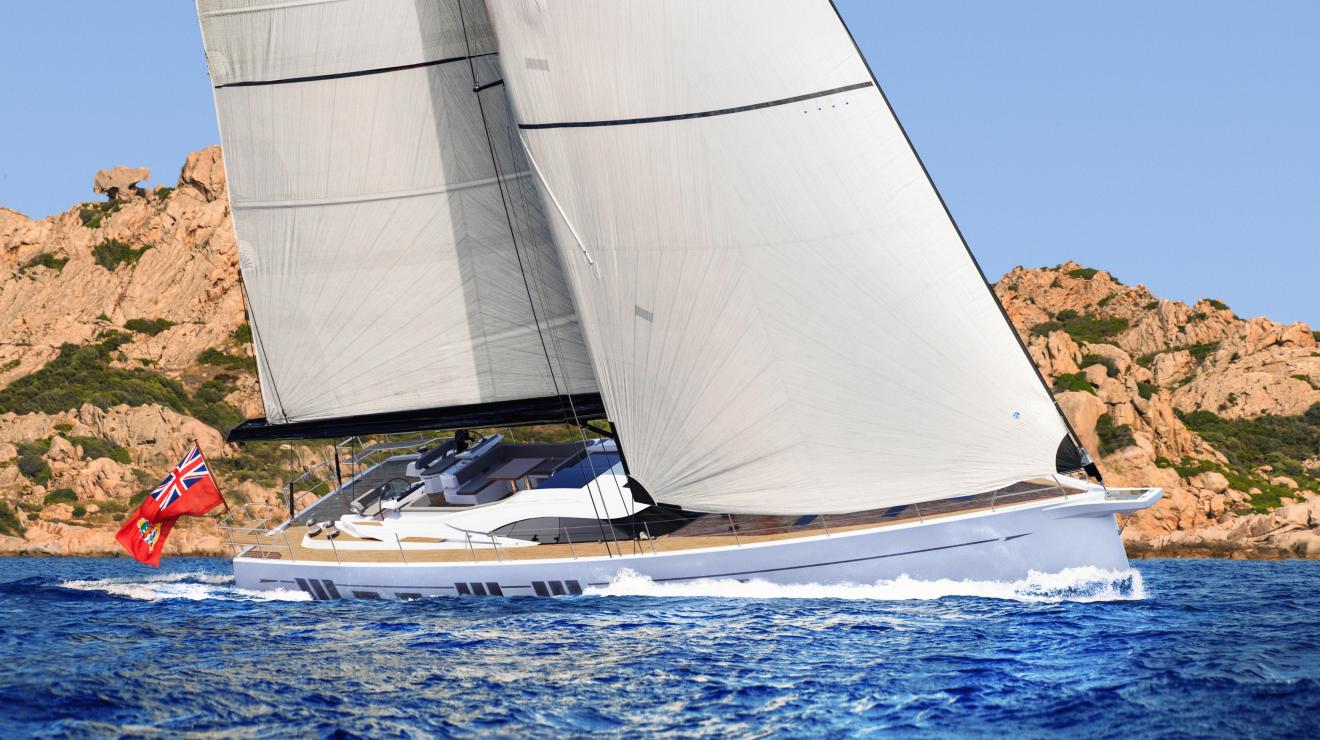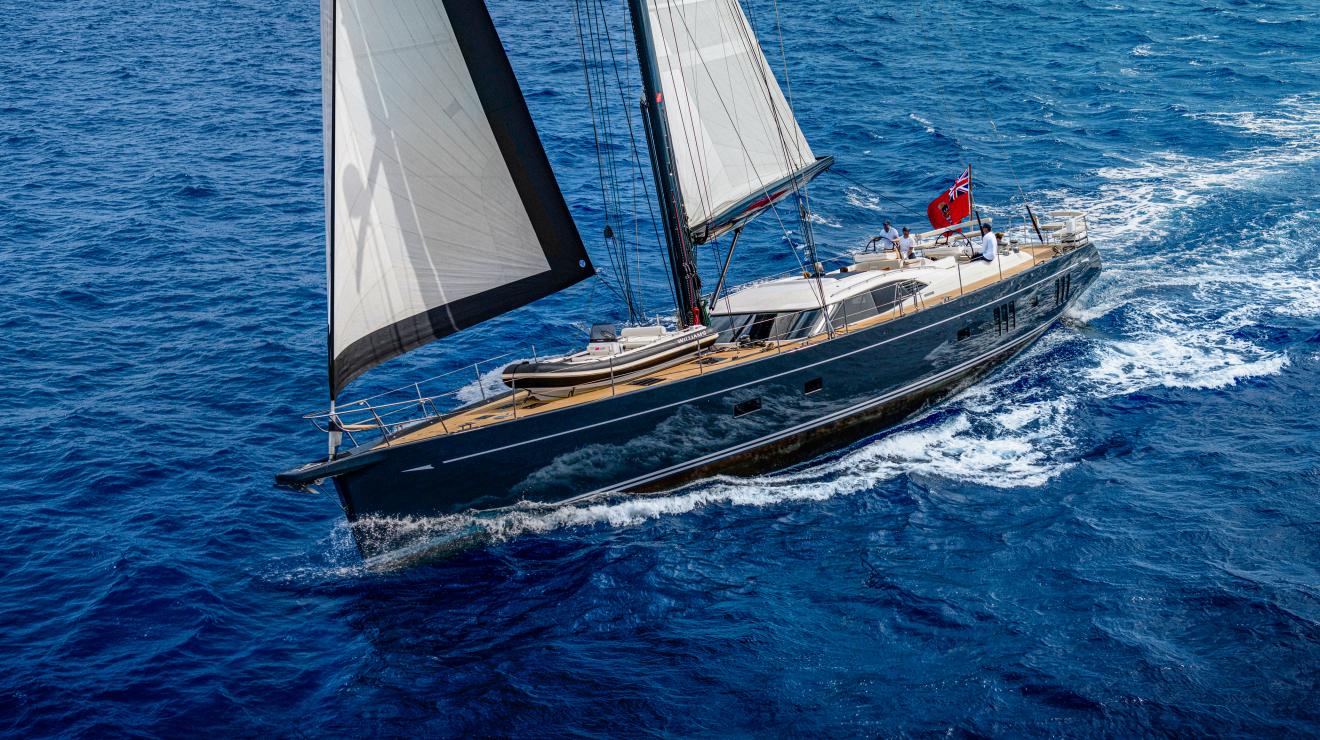The change of watch on the design front from Holman Pye to Humphreys Yacht Design in the late 1990s is seen by many as one of the key transitions in the evolution of the modern Oyster.
Well known for developing good-looking, well-balanced lines, in the racing scene Humphreys’ designs were rarely as radical as those of his contemporaries and yet it was this skilful balance between performance and looks that has been at the heart of the modern bluewater Oyster for over two decades. And it is these characteristics, along with the ease of handling, that has maintained Oyster’s leading position in the market.
Layout and style were also important ingredients in Oyster’s recipe for success. Here, designer Andrew Winch introduced subtle tweaks and changes to the Oyster styling that have played a key part in creating an internationally recognised and frequently copied look where wrap-around windows, sweeping lines and of course the deck saloon eyebrow, have created multiple generations of Oyster.
As designs became more refined, it was a natural progression for owners’ aspirations to expand with them. More capable, comfortable and manageable yachts helped to expand the horizons of existing and future owners.
Over the years, Oyster has made great play of celebrating and publicising owners’ extraordinary adventures which has led to a wealth of inspiring stories. But not all the change has been easy.
“The mid-2000s were difficult times for the company,” continued Creed. “Boundaries were being pushed, new areas and materials were being explored and the reins were relaxed when it came to what owners could specify for their boats.
“From cored joinery to carbon masts, non-metallic rigging, and eccentric interiors, this was an important era that delivered a greater overall understanding, which in turn led to longer-term benefits. But it wasn’t always an easy ride, especially when it came to the production side of the business.”
When Richard Hadida took control of the company there were more big changes to come, but in areas that were less outwardly visible. Hadida’s vision was at the heart of a significant change.
This time the revolution within the business was to centre on production, where one of the key focal points was for Oyster to own the entire manufacturing process from moulding to delivery.
To achieve this, substantial investment in systems and technology was required to improve quality and productivity. Now, with the complete process in place, the business has taken big strides forward.
The latest and the smallest yacht in the range, the Oyster 495, is a perfect example. Here, both the innovative approach to design and the unrelenting quest to create the highest possible quality have created a bluewater cruiser that is not only supremely manageable for newcomers and experienced sailors alike but is designed to go wherever any of her bigger sisters will head in the world.
Winning European Yacht of the Year Luxury Cruiser 2023 was the icing on the cake, validation for this extraordinary yacht and a very proud moment for the company.
Success over 50 years has also relied on providing a 360-degree service that starts with sound and expert advice on what size and specification will suit best, through the execution of the build with dedicated project managers assigned to each client. Once launched, the help and assistance continue through commissioning, delivery, registration, maintenance and every other service to help owners get the best out of their investments, whether they are coastal cruising or taking on the world.
This close relationship, which extends well beyond the sale, construction and delivery process, sits at the heart of the Oyster ethos, but it also cuts both ways.
Understanding the detailed and specific needs of each client at any stage of their ownership provides essential information that feeds into the continual evolution of both individual models and the complete range.
Little surprise then that for 50 years Oyster has been recognised as a world-leading brand and that when it comes to gauging success, there is no greater validation than that of owners and the trips that they undertake.
